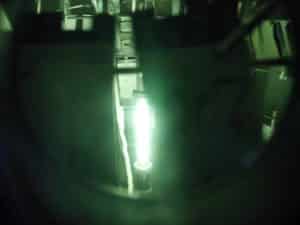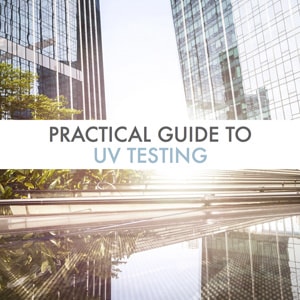ASTM D4355
Standard Test Method for Deterioration of Geotextiles by Exposure to Light, Moisture and Heat in a Xenon Arc Type Apparatus
ASTM D4355 is a standard test method for deterioration of geotextiles by exposure to light, moisture and heat in xenon arc type apparatus. This test describes the determination of the deterioration in tensile strength of any permeable textile material employed with earth, foundation, soil, rock and so on. It is based on practice ASTM G155. Micom offers ASTM D4355 testing as part of its polymer test services.
Deterioration of geotextiles

Typical Experimental parameters for ASTM D4355 testing
The characteristics of the samples and operating conditions are specified in Tables 1 and 2 respectively.
Table I : Specifications of the characteristics of the samples
| Parameters | Specifications |
| Number of specimens required | 20 for each orientation tested |
| Specimen size | 50 x 150 mm (2 x 6 in) |
| Thickness | Within ± 10% of the nominal dimensions |
Table II: Specifications of the operating conditions of the equipments
| Irradiance level | 0.35 W/(m2 nm) at 340 nm Maintained at 0.02 W/(m2 nm) |
| Exposure cycle | 90 min of light only at 65 ± 3 oC (149 ± 5 oF) uninsulated black panel temperature; 30 mins of light with water spray |
| Relative humidity | 50 ± 10 % (During light exposure only) |
| Lamp filter | To be specified (Daylight, Window Glass or Extended UV) |
Other test methods related to ASTM D4355
For additional related test methods, please see polymer test services.
If you have any questions about the ASTM D4355, we invite you to contact us today.
Practical UV Testing Guide
Sunlight exposure can have harmful impacts on carbon-based
materials such as coatings, polymers, textiles, and many others.
Learn more about our in-laboratory UV testing process in this guide.


